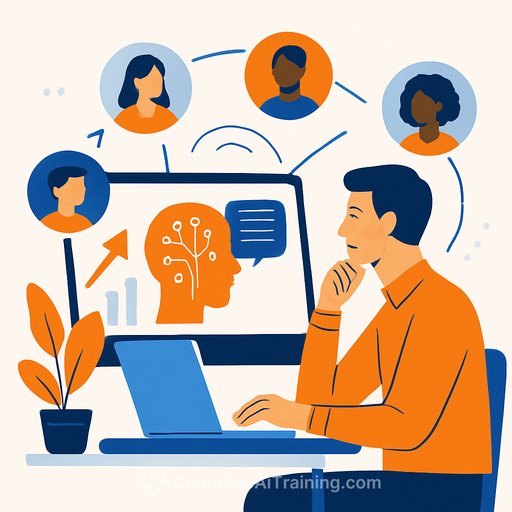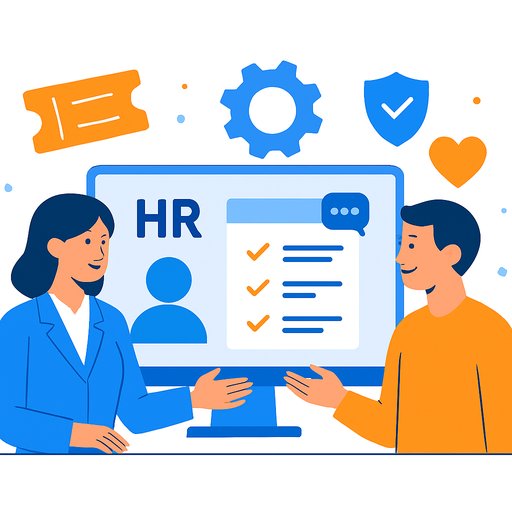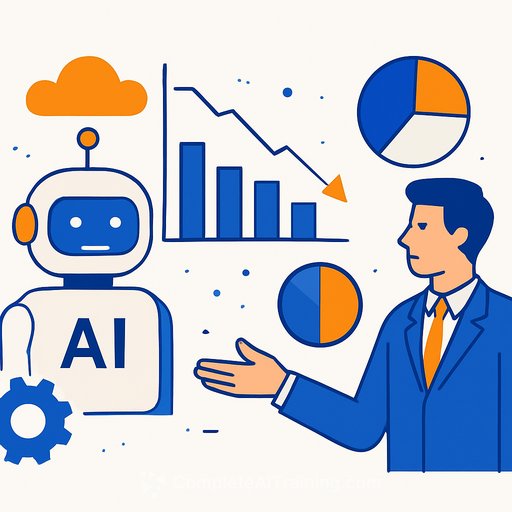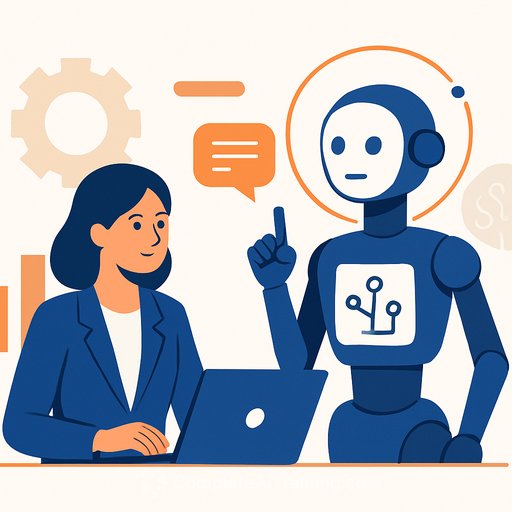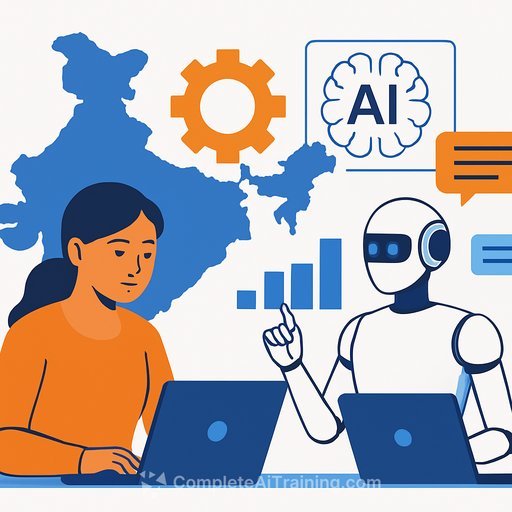The AI Era in Learning and Development
Artificial intelligence (AI) is changing how we work, learn, and grow. Traditional learning models are becoming outdated and less effective. For HR professionals and L&D leaders, this shift demands moving away from old methods toward dynamic, personalised, and scalable learning systems that meet modern workforce needs.
By 2030, 39% of job skills will change or disappear, making continuous upskilling essential. However, despite the push for digital transformation, only 15% of organisations are actively exploring new learning technologies. Most stick with familiar tools, while adaptive and immersive learning solutions remain underused—often because legacy systems and outdated approaches slow progress.
There is a clear path forward. Embracing AI-first learning offers a way to modernise L&D and better support employees in real time.
AI-First Learning: A New Role for L&D
AI-first learning replaces or significantly enhances the traditional Learning Management System (LMS) with AI-powered platforms that generate personalised, skills-focused content on demand. This can include courses, simulations, virtual tutors, and assistants that deliver learning within the flow of work.
With AI integrated into everyday tools, learning becomes accessible and adaptive for all employees—from frontline staff to office teams. Features like instant translation, quick content format changes (such as converting text to podcasts), and personalised support help make learning more relevant and effective.
AI is no longer a future concept; it’s the key to responsive, scalable corporate learning today.
From Traditional LMS to AI-Native Learning
Most organisations will keep legacy programs but gradually introduce AI-first solutions, resulting in two coexisting learning architectures:
Legacy
- Content is stored centrally in an LMS.
- Learners access materials through a standard interface to watch or read content.
- The LMS tracks progress, scores, and completion rates.
- Admins monitor performance via dashboards.
AI-Native
- Each learner has a personal AI assistant on their device, powered by local language models.
- The assistant interacts with AI servers to create and deliver content in real time.
- Learners can ask questions, upload documents or voice notes, and receive instantaneous or in-depth responses.
Traditionally, corporate learning has been centralised, with teams managing large-scale programmes like compliance training or leadership development. AI changes this by enabling a decentralised, personalised approach where HR, business units, and employees co-own learning. Employees can even create and share their own courses, while central L&D teams focus on strategy and enabling workforce capability.
The Evolving Role of the Chief Learning Officer (CLO)
In the early 2000s, CLOs held strategic roles, leading learning and career development closely tied to business goals. Over time, their influence lessened as L&D became more decentralised. Many CLOs now report several layers below the CHRO, limiting their impact.
Today, the CLO role is resurging. Modern CLOs combine AI knowledge with business and IT alignment. They move beyond managing learning content to curating dynamic, responsive experiences that build organisational capabilities aligned with changing demands.
How Companies Can Move to AI-First Learning
- Modernise the learning tech stack with AI-native platforms: Replace multiple disconnected systems with an integrated AI-powered platform accessed via personal AI agents. This allows adaptive, on-demand learning that’s often more cost-effective than traditional models.
- Upskill and transform the L&D team: Develop skills in AI, analytics, and digital tools. Equip L&D professionals to build or use AI to personalise learning and improve efficiency. Human-centred skills like change management and strategic consulting remain vital.
- Position corporate learning as enablement, not just training: Use AI tools such as chatbots and custom agents to deliver flexible, responsive learning that supports performance directly rather than relying solely on formal courses.
- Build a lean, AI-powered L&D operating model: Integrate work, learning, and knowledge management across enterprise, functional, and individual levels. Shift L&D focus from content creation to strategic workforce enablement and performance support.
Adopting AI-first learning means moving past incremental improvements. Learning must be dynamic, customised, and focused on enabling employees to perform better. CLOs have a unique opportunity to lead workforce transformation and make L&D a core driver of business growth.
For HR professionals interested in expanding their AI learning capabilities, Complete AI Training offers courses that support skill development in AI-powered learning and workplace enablement.
Your membership also unlocks:

